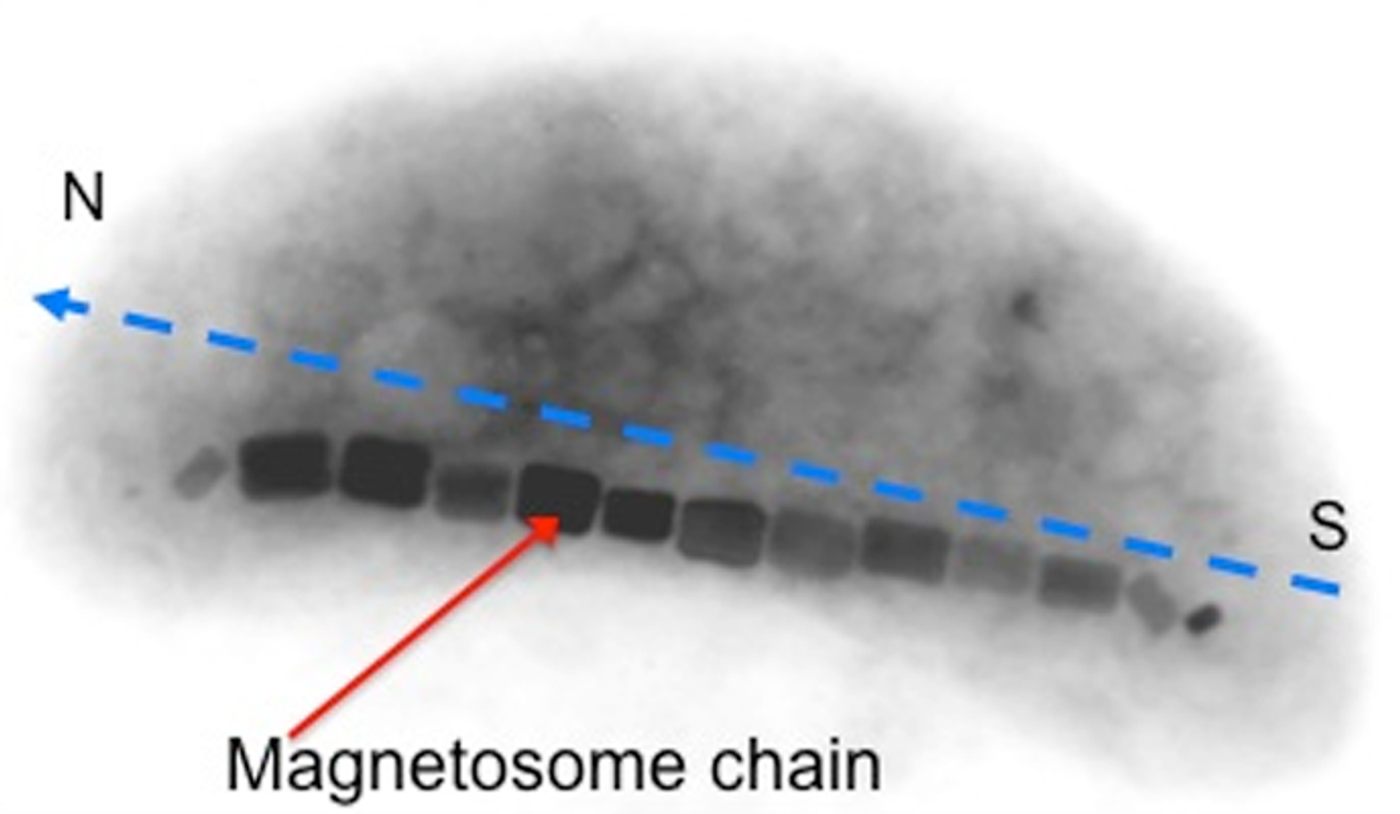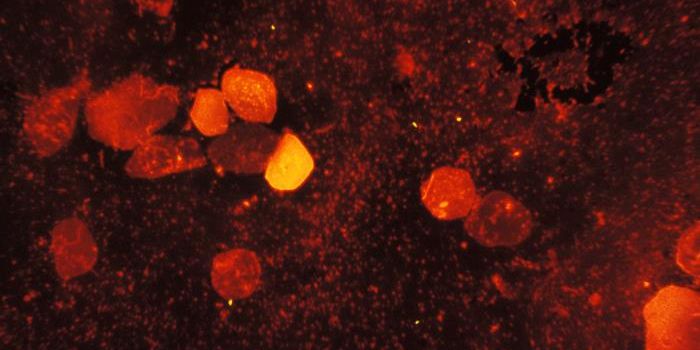Holy magnetic bacteria, Batman! Researchers at the Polytechnique Montreal NanoRobotics Laboratory want to use magnetic bacteria to traffic drugs to tumors.
First of all, magnetic bacteria? Yes, they’re a real thing.
Magnetococcus marinus is a bacterium that lives deep down in the ocean where oxygen is scarce.
Magnetococcus contains a
magnetosome - a structure that contains between 15 and 20 magnetite crystals. These magnetic crystals act like a tiny compass that orients the cell with the Earth’s magnetic field. Odd thing is, these magnets also help the bacteria find environments with very little oxygen (that’s a topic for another time).
So, what do magnetic bacteria that like hypoxic environments have to do with cancer? One problem with systemic cancer therapy is that it’s systemic. If a cancer drug isn’t targeted specifically to the cancer, healthy cells also suffer (and that’s not good). To solve that, researchers are developing so-called nanocarriers to deliver drugs specifically to tumors. The problem is, however, that the nanocarriers have trouble making it to the inside of a tumor. Incidentally, the inside of a tumor is usually hypoxic. Magnetic bacteria to the rescue!
The idea is that a magnetic field can be generated to direct the bacteria to the tumor. Then, it’s up to the bacteria to find their way into the hypoxic zone of the tumor. I should also mention - vesicles containing cancer drugs would be attached to the bacteria.
According to study author Sylvain Martel, “When they get inside the tumor, we switch off the magnetic field and the bacteria automatically rely on [their] oxygen sensors to seek out the hypoxic areas. We constrain them to the tumor and then let nature do the rest.”
As proof-of-concept, Martel and colleagues tested this system in mice afflicted with human colorectal tumors. First, they wanted to know whether the bacteria could traffic to and penetrate a tumor. They injected mice with live bacteria, dead bacteria, or non-magnetic beads. Very few dead bacteria or non-magnetic beads made their way into the tumors, but a significant number of live bacteria did.
Next, they attached drug-loaded vesicles to the bacteria (around 70 vesicles per bacterium) to see how this would affect their movement into the tumors. They found that roughly 55% of the vesicle-loaded bacteria penetrated the tumors. That’s huge, considering only around 2% of nanocarriers are delivered to tumors!
But wait, are you wondering if it’s a good idea to inject live bacteria into live people? Well, Magnetococcus is not a pathogen, and the researchers insist that they only survive for about 30 minutes after injection.
Source: National Institute of Biomedical Imaging and Bioengineering, Wikipedia









